
Abu Jani Sandeep Khosla
The city of Nawabs, Lucknow, is famous for its traditional and intricate art form, chikan, the origins of which can be traced all the way back to 3rd century AD. The word ‘chikan’, literally translates to embroidery. It derives its meaning from the Persian word ‘chakin’, which means cloth wrought with needlework. The embroidery style has ebbed and flowed through the years—it survived the loss of royal patronage, suffered deeply due to commercialization, lost its way in the crowd, and yet managed to make a strong comeback in recent times. Today, it is favored by fashion connoisseurs all over the world. Read on to learn more about this one-of-a-kind embroidery technique.
The genesis of chikankari

Sonam Kapoor Ahuja in Abu Jani Sandeep Khosla
Chikankari is the technique of creating intricate designer patterns on a fabric, all done by hand. While the exact origin of the art form continues to be a mystery, there is evidence that chikan was present during the reign of Chandragupta Maurya in 3rd Century AD. Others believe that Mughals introduced this Persian craft to India in the 17th century. Noor Jahan, consort to the Mughal emperor, Jahangir, was skilled at embroidery with a particular fondness for chikankari work. Even Jahangir was a fan and championed the art form. Back then, muslin and mulmul were the most popularly used fabrics, as they were ideal for the warm, humid climate.
Creating the chikankari masterpiece
The first phase in the production process is block printing, where the designs are imprinted in blue ink on to the chosen fabric. Motifs are usually floral, due to the strong influence of Persian aesthetics. The most common patterns are delicate flowers, stems, leaves and paisley designs. Embellishments like mukaish, kamdani, badla as well as sequins, beads and mirror-work are used to give the handiwork a richer appeal. The next stage is embroidery, which can take up to 10 days. The cloth is set within a small frame, where needlework is done section by section over the ink patterns. The artisan chooses the stitch based on the specialty of the region as well as the type and size of motifs. Usually there is a combination of different stitches used within one whole pattern, these include makra, kaudi, hatkadi, sazi, zanzeera, hool, phanda, keel kangan, karan, kapkapi, dhania-patti, jora, bulbul and more. Finally, the fabric is soaked in water to remove the ink outlines. Then, it is starched to achieve the right stiffness depending on the type of fabric used. The fabrics used for this craft need to be soft, such as silk, chiffon, georgette, net, voile, organza, cotton, and faux fabrics, so that hand stitching can be carried out easily.

Anjul Bhandari
The reincarnation of chikankari
After its downfall during the British rule, chikankari made a comeback during the industrial era. Artisans who learned from previous generations revived it in the 18th and 19th centuries all over the country. Lucknow became the main centre, with West Bengal and Awadh also specialising in its production. Soon, the Indian fashion industry as well as the film fraternity helped revive it further. Designers Meera and Muzaffar Ali of House of Kotwara have created gold and silver chikan work on black fabric for formal and bridal wear. Designer Tarun Tahiliani has used the traditional embroidery technique on modern silhouettes. Then there’s Anjul Bhandari, who has been a purveyor of chikankari and hand-embroideries, known for experimenting with different regional embroideries to create a whole new, unique aesthetic. Chikankari is a signature of designer duo Abu Jani and Sandeep Khosla’s label. They have even dressed actress Judi Dench in one of their chikankari creations in 2004. Madonna too wore a chikankari embroidered ensemble in her film, The Next Big Thing. Celebrities ranging from Sonam Kapoor and Deepika Padukone to Alia Bhatt and Athiya Shetty are all patrons of the craft.

House of Kotwara
Chic in Chikankari
The sheer sophistication and elegance of chikankari lends it a royal appeal. Here are a few ways you can incorporate it in your own wardrobe.

Deepika Padukone in Sabyasachi
- If you’re new to chikankari, test drive it with a dupatta. Choose a classic ivory paired with a bold-hued kurta and palazzo or lehenga set.
- While chikankari kurtas are usually paired with churidaars, you can also pair it with cigarette pants, palazzos, or shararas.
- Go old school with an ivory or beige chikan sari or lehenga for a head-to-toe look in the craft, topped off with heirloom jewellery.

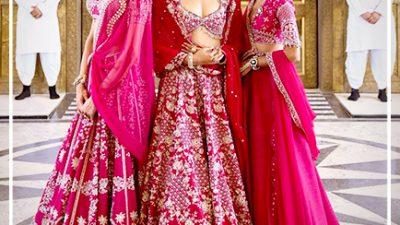

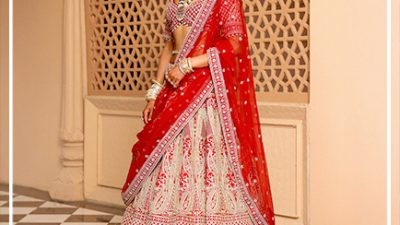
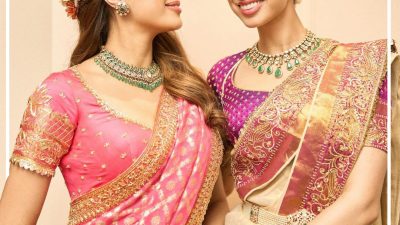
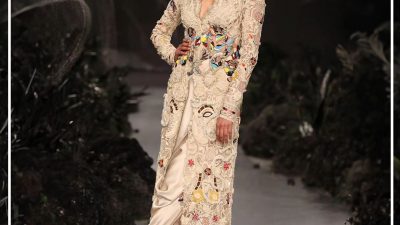

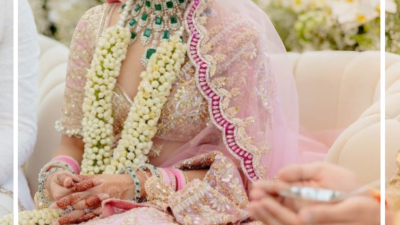

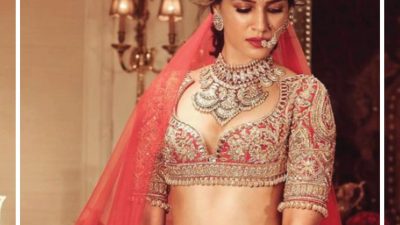
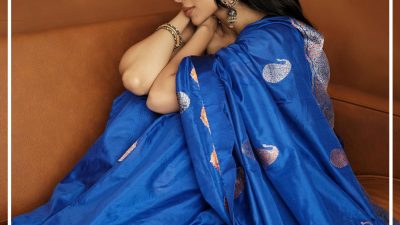
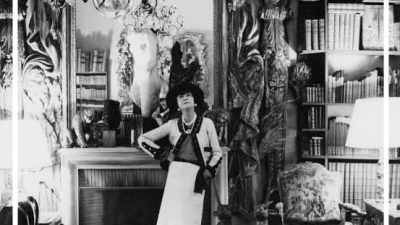
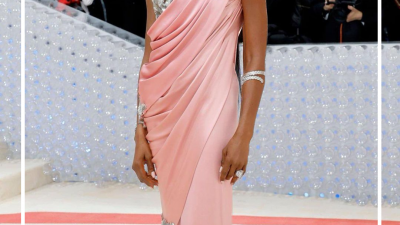
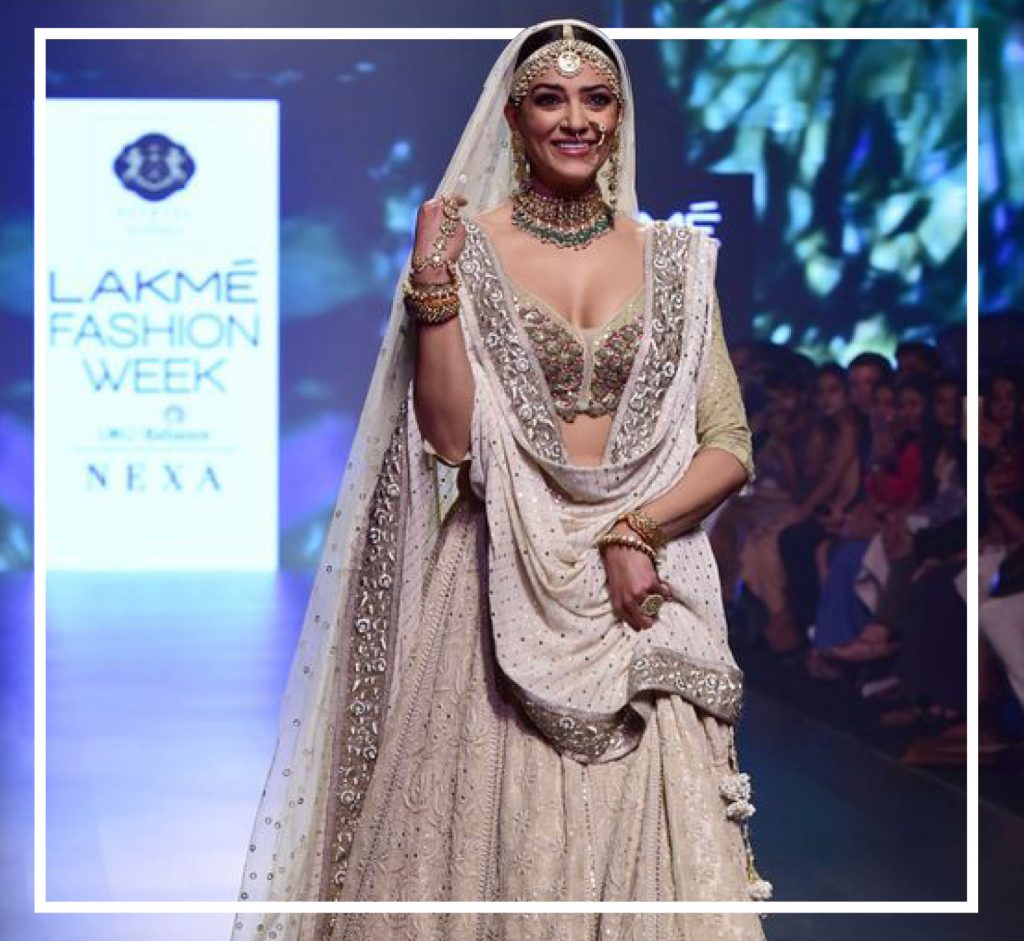
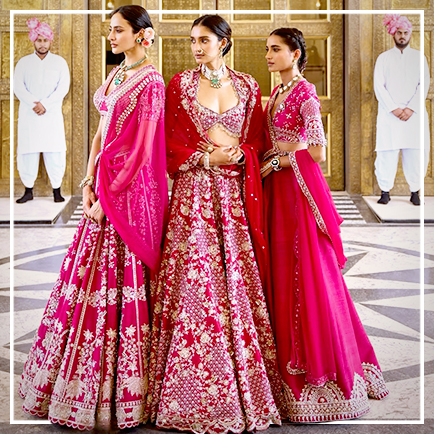

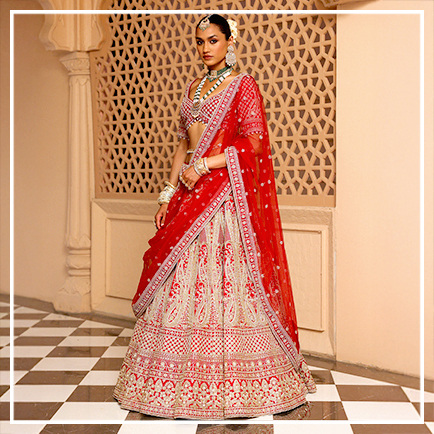


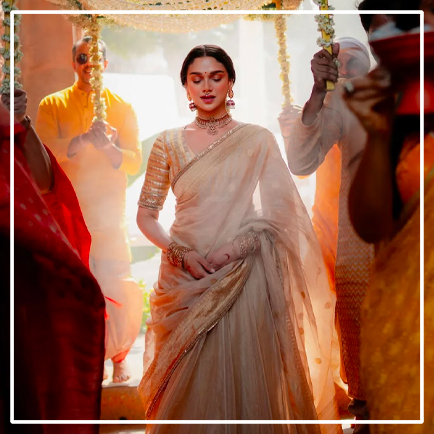
Comments